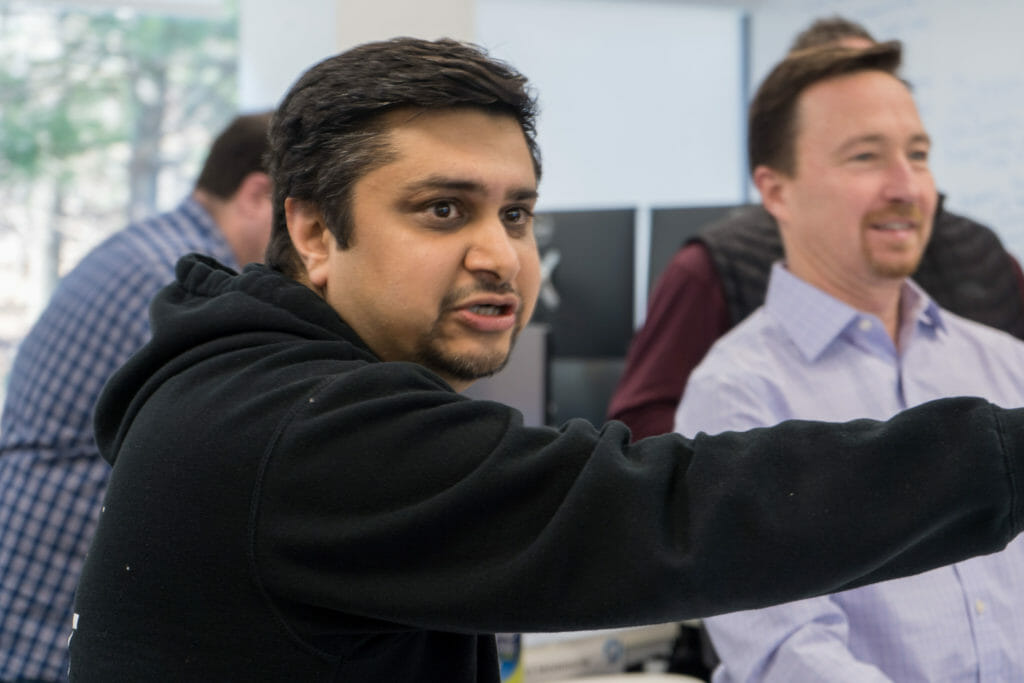If you follow Tech Twitter, you might have seen this post, which blew up over the weekend. Written by Jessica Liebman, the executive managing editor of Insider Inc., the post generated lots of reader outrage. What was all the fuss about? Thank you emails.
Her tweet (below) has almost 4,000 comments as of this writing.

The debate has people arguing both sides of the author’s position on thank you notes. But both the author and the debaters have completely missed the real problem.
The real problem: a lack of meaningful candidate data
Liebman’s blog post starts off with:
“Making someone an offer to join your company is always risky.
The truth is, the hiring process can uncover only so much. You’re often basing your decision on a small sample of data that you collected during a few hours of speaking with them, sometimes not even in person.
Sure, maybe you had them take a test or complete an exercise, and you talked to three people who worked with them previously. But still, you never really know how it’s going to work out until they come on board.”
Liebman believes that “the hiring process can uncover only so much.” Because of this, she’s relied on the thank you note as a mechanism to collect “the tiniest bit more data” about applicants.
She doubled down on this assertion in a follow-up post: “In a hiring process that’s based on very few data points, [the thank you email] gives us the tiniest bit more data.”
With 10 years of hiring experience under her belt, the author is well aware of how expensive it is to hire the wrong person—so she’s created this practice in hopes of reducing the number of bad hires.
But while a thank you email might tell you that a candidate is eager to be chosen (and possibly well-mannered), it doesn’t tell you anything about:
- Job fit: Does the candidate have the behavioral traits or cognitive ability they need to succeed in the role?
- Team fit: Will the addition of this candidate help or hurt the team?
Will this person improve team collaboration, communication, or decision making?
The real problem is this: Insider Inc. isn’t collecting meaningful candidate data as part of its regular hiring process. If they were, Liebman wouldn’t have to rely on thank you notes as a deciding factor.
“Tests” vs. scientifically-validated assessments
It’s obvious that the impact of hiring is far-reaching and complicated. But instead of relying on unverified practices of gathering data like the author is doing, you’re better off collecting data by administering scientifically-validated assessments.

Hiring managers who collect and leverage people data by administering job fit assessments, behavioral assessments, and cognitive assessments are much better able to ensure candidate fit.
In her original post, Liebman stated, “Maybe you had them take a test or complete an exercise … But still, you never really know how it’s going to work out.”
Either Liebman lacks faith in assessments or she’s not aware they exist and is referring to traditional skills-based testing here. If the former is true, her use of the word “test” vs. “assessment” tells us she sees workplace assessments as more tactical than strategic.
People data helps you predict workplace behavior.
These data insights are incredibly powerful when used as part of talent optimization. Data helps you design high-performing teams and then hire the right people to fill open roles on those teams. Data allows leaders to manage employees based on their individual needs, laying the foundation for the kind of culture that enables the business to achieve its goals.
Success starts with being intentional and strategic with the design of your organizational structure, your teams, and your hiring.
“Good eggs” vs. job fit
The author closed with this in her original post:
“At Insider Inc., we look to hire “good eggs.” The thank-you email is a mark for the good-egg column.”
Good people leave all the time, even the ones that come with glowing references (which the author rightly identified as not being a great indicator of fit). But if those good people are misaligned with their role or team, they won’t stick around anyway.
It’s important to hire good eggs, we agree. But hire good eggs who are behaviorally and cognitively wired for the job to increase the odds that they’ll stick around.
This is a more scientific, evidence-based approach to improve hiring outcomes. Assessments do provide the critical data Liebman seeks.
Join 10,000 companies solving the most complex people problems with PI.
Hire the right people, inspire their best work, design dream teams, and sustain engagement for the long haul.
The bottom line is this: People are your business’ biggest expense. You can either wing it with references and add-on theories or you can turn to a holistic, data-informed approach that’s proven to predict which candidates will help you crush your business goals. Which path will you choose?








